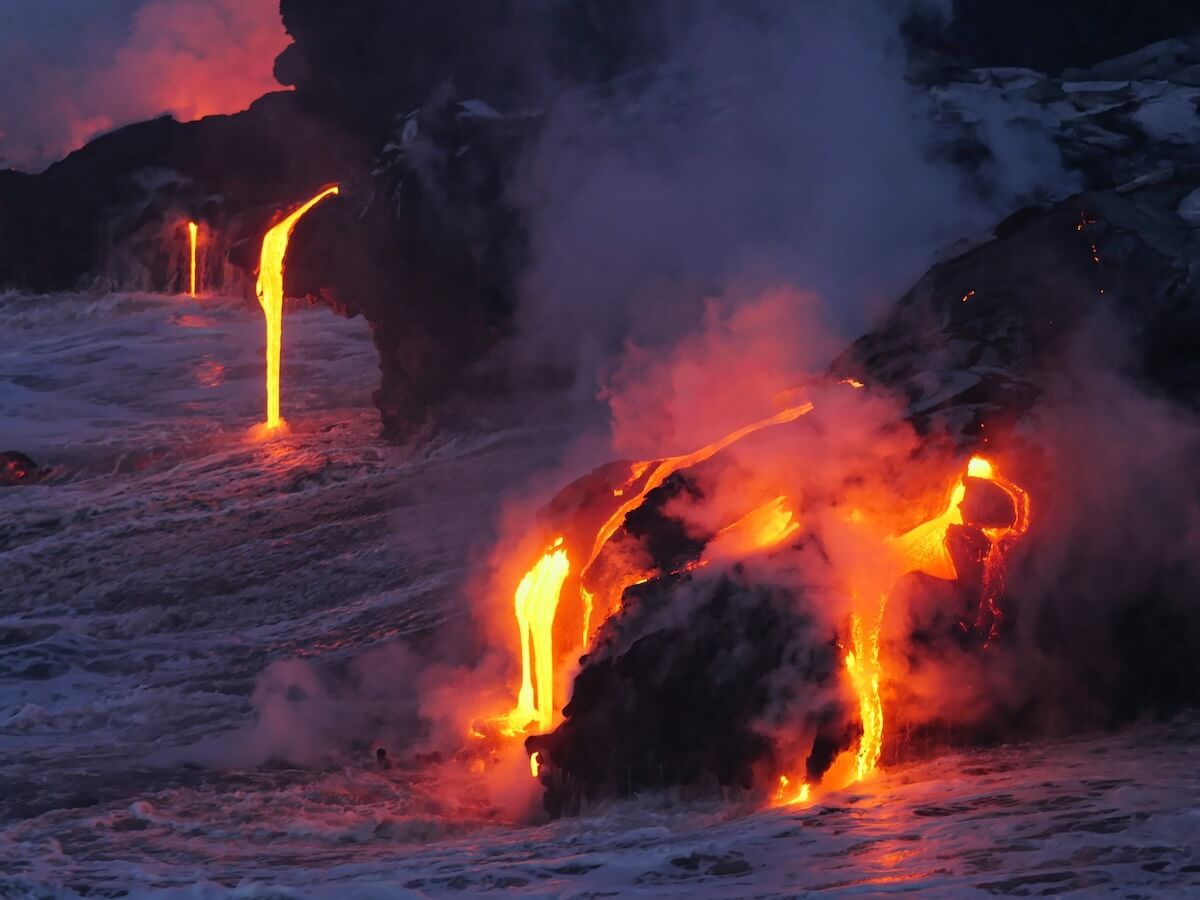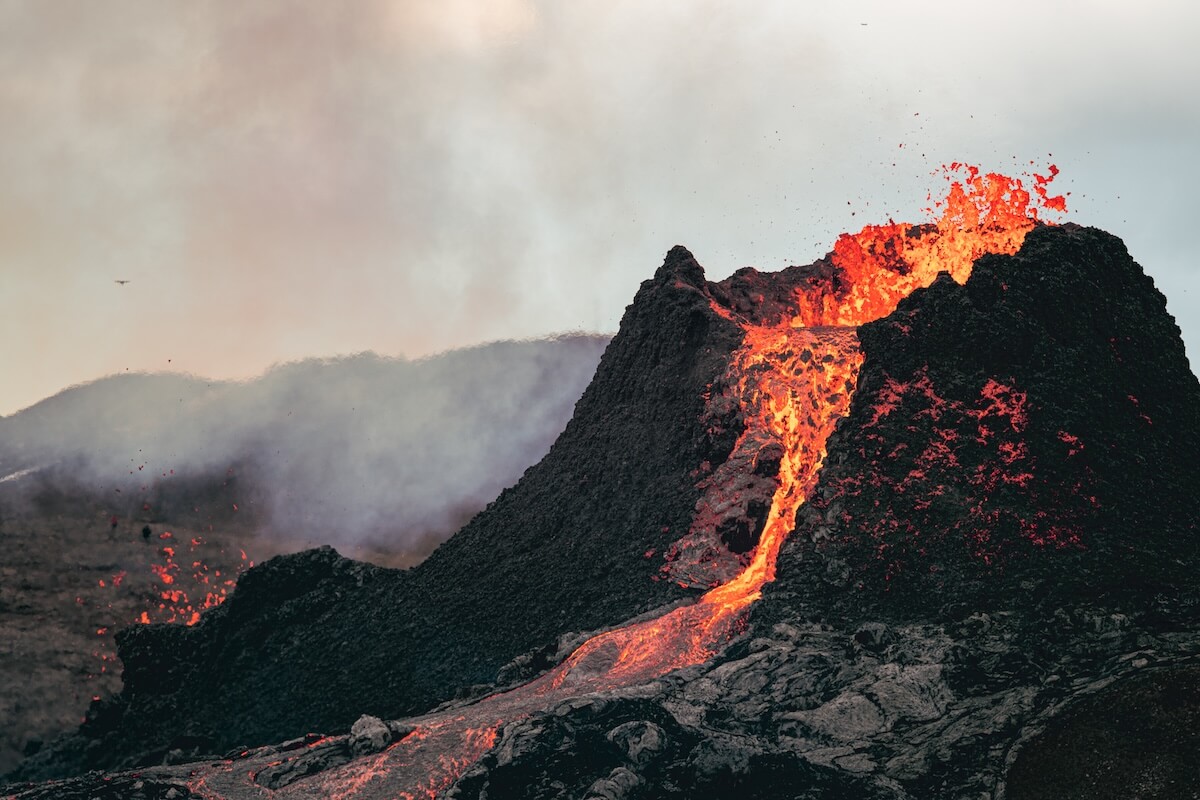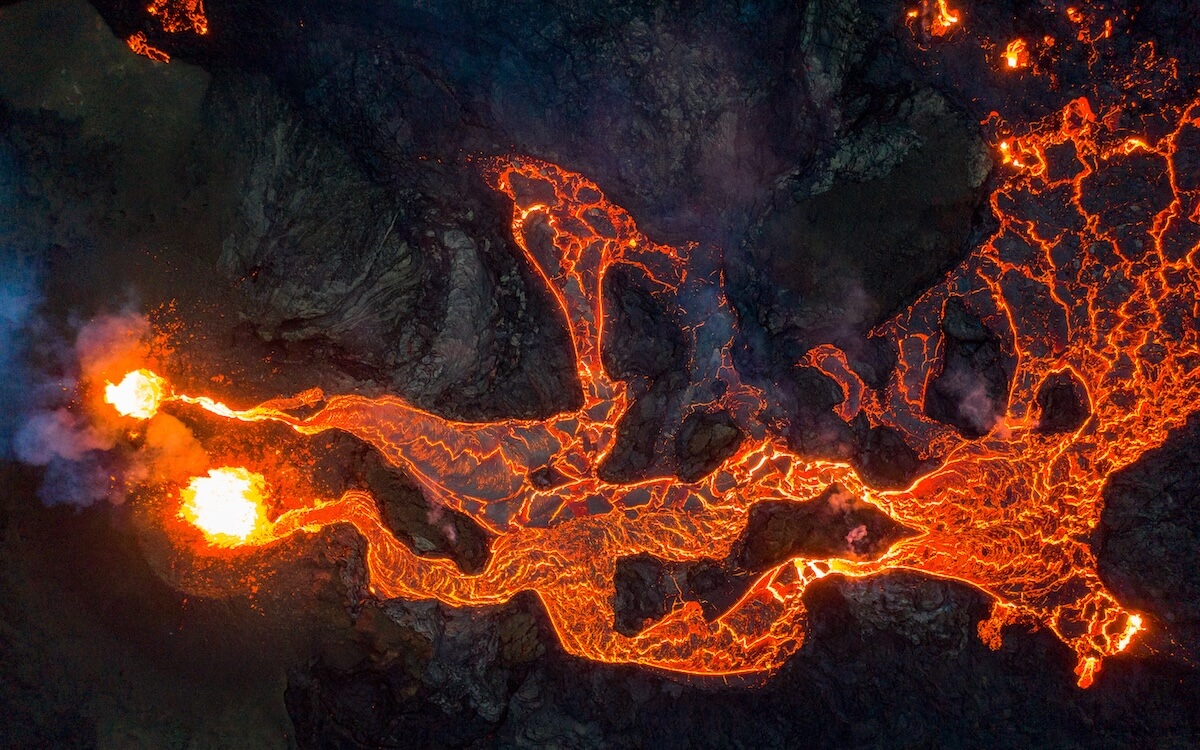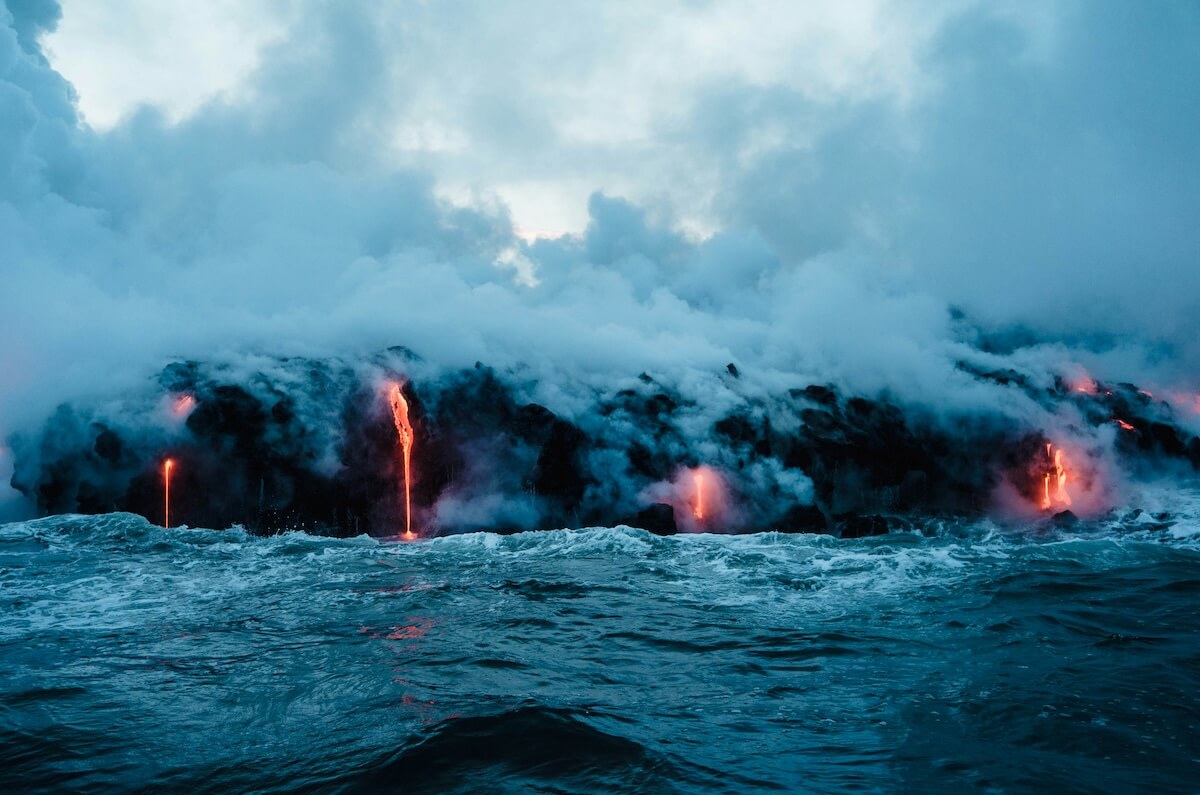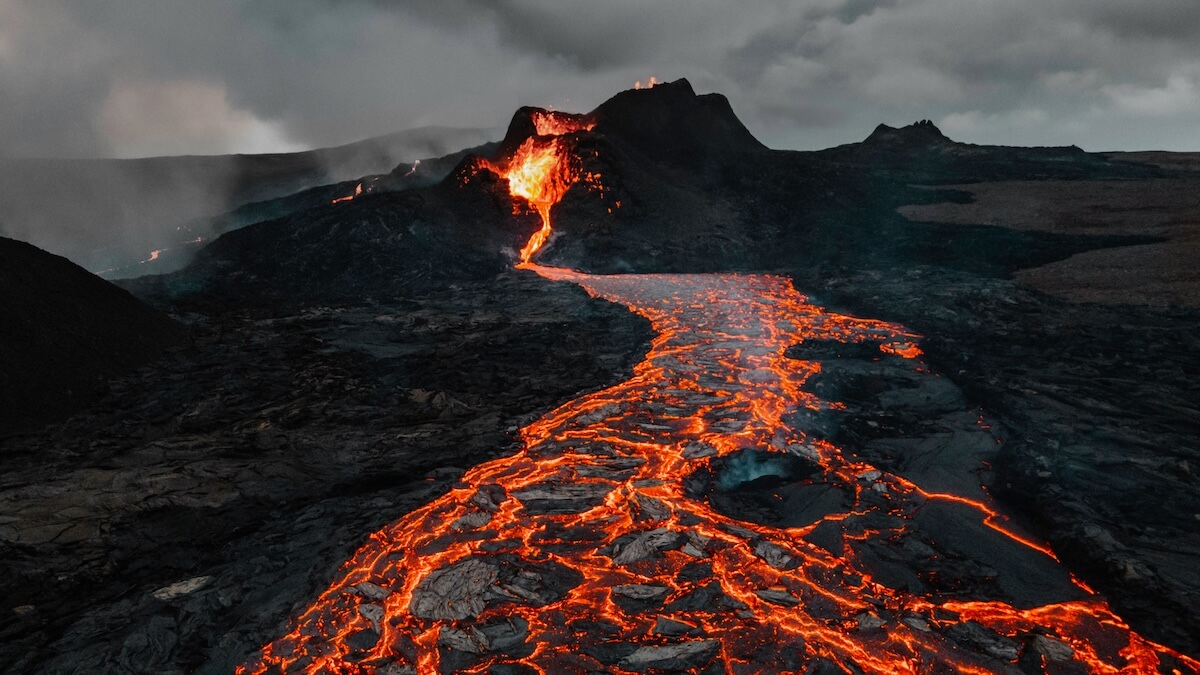Fun
Volcanoes
Facts
A volcano is a special kind of mountain that forms when magma (hot, melted rock) from deep inside the Earth makes its way to the surface. When this happens, the magma can burst out of the volcano as lava during an eruption. Volcanoes can be really cool to watch but can also be dangerous when they erupt!
Learn More!
What is a Volcano?
A volcano is a special kind of mountain that forms when magma (hot, melted rock) from deep inside the Earth makes its way to the surface. When this happens, the magma can burst out of the volcano as lava during an eruption. Volcanoes can be really cool to watch but can also be dangerous when they erupt!
How Do Volcanoes Work?
Inside the Earth, there is a layer called the mantle, which is filled with hot, melted rock called magma. Sometimes, this magma finds a crack or weak spot in the Earth’s crust (the outer layer of Earth). When enough pressure builds up, the magma pushes its way through and erupts at the surface. Once the magma reaches the air, we call it lava.
- Eruptions can happen in different ways. Some volcanoes ooze lava slowly, while others can explode, shooting ash and hot rocks into the sky!
Why Do Volcanoes Erupt?
Volcanoes erupt because of pressure. Just like when you shake a soda can, the gas inside the Earth builds up pressure, and the magma wants to escape. When there’s enough pressure, the magma bursts out through the volcano.
Types of Volcanoes
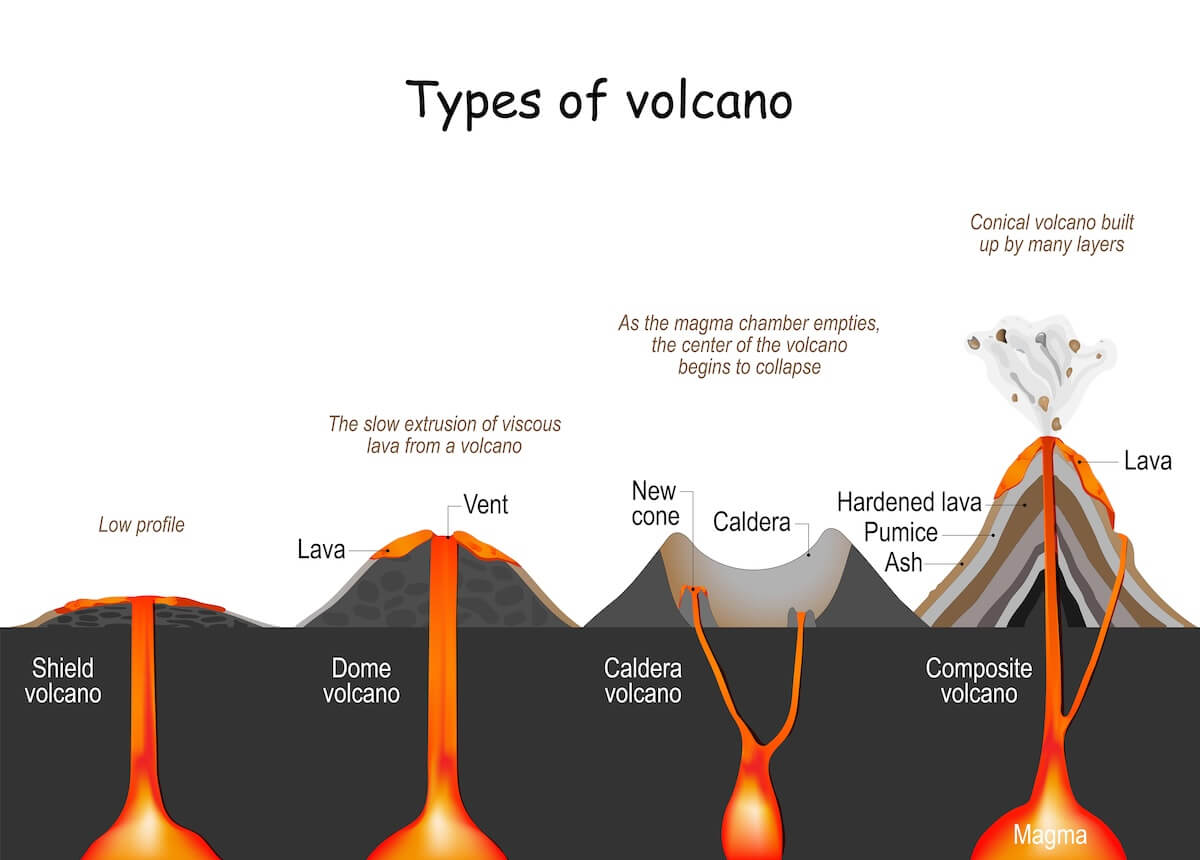
Not all volcanoes are the same! Here are the three main types:
- Shield Volcanoes: These have gentle slopes and are made by lava that flows smoothly and spreads out. They’re not very explosive. Think of them like a big shield lying on the ground.
- Example: Mauna Loa in Hawaii.
- Cinder Cone Volcanoes: These are small, steep volcanoes that look like cones. They erupt by throwing small pieces of lava and ash into the air.
- Example: Parícutin in Mexico.
- Composite Volcanoes: These are tall and cone-shaped but made of layers of lava, ash, and rocks. They have very powerful eruptions.
- Example: Mount St. Helens in Washington, USA.
Why Are Volcanoes Important?
Volcanoes help make new land! Over time, lava from volcanoes cools and hardens into rock, creating new parts of the Earth's surface. Volcanoes also bring minerals and nutrients from deep inside the Earth to the surface, which helps make the soil around them rich and good for growing plants.
Famous Volcanoes Around the World:
- Mount Vesuvius in Italy: Famous for burying the city of Pompeii nearly 2,000 years ago.
- Mount Fuji in Japan: A beautiful, cone-shaped volcano that’s a symbol of Japan.
- Kilauea in Hawaii: One of the world’s most active volcanoes, constantly oozing lava.
Volcanoes are exciting and important parts of our planet. They show us just how powerful nature can be, and studying them helps us understand the Earth better. But always remember—if you’re near a volcano, safety is key, because eruptions can be dangerous!
Types of Volcano Eruptions
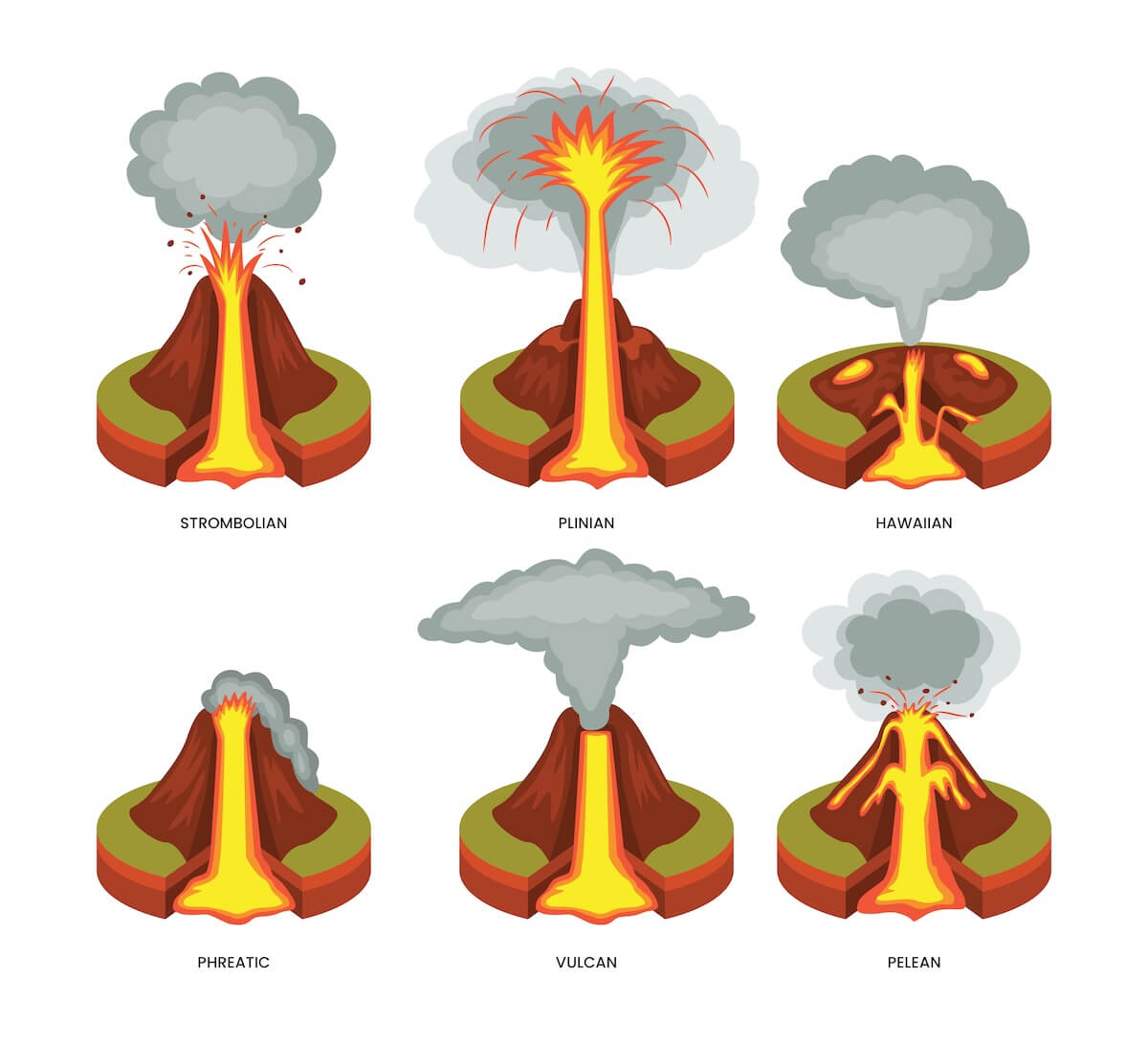
Not all volcanoes erupt the same way! Some are calm, and some can be super explosive. Here are the two main types of volcanic eruptions:
1. Effusive Eruptions
- What Happens: In an effusive eruption, lava slowly flows out of the volcano without much of a big explosion. The lava is runny, like syrup, so it spreads out in all directions, making big fields of cooled lava rock.
- Example: This happens in shield volcanoes like those in Hawaii, where lava gently oozes out of the ground.
- Fun Fact: You can often walk close to these lava flows (safely, with experts around) and watch the hot, glowing lava form new land!
2. Explosive Eruptions
- What Happens: Explosive eruptions are loud and powerful! The volcano blasts out ash, gas, and rocks high into the sky. Sometimes, the eruption can even blow the top off the volcano.
- Example: Mount St. Helens in the USA is known for its explosive eruption in 1980, which sent ash flying across several states.
- Fun Fact: Explosive eruptions can create giant clouds of ash that can travel for miles and even affect the weather!
Other Types of Volcanic Activity:
- Lava Fountains: Sometimes, lava shoots up like a fountain in the air before flowing down the sides of the volcano. This can happen during both effusive and explosive eruptions.
- Pyroclastic Flows: A fast-moving cloud of super-hot gas, ash, and rocks that rushes down the side of a volcano. These are very dangerous and can move as fast as a car!
- Lava Domes: After an explosive eruption, thick, sticky lava piles up near the volcano’s vent, forming a dome shape.
.svg)

